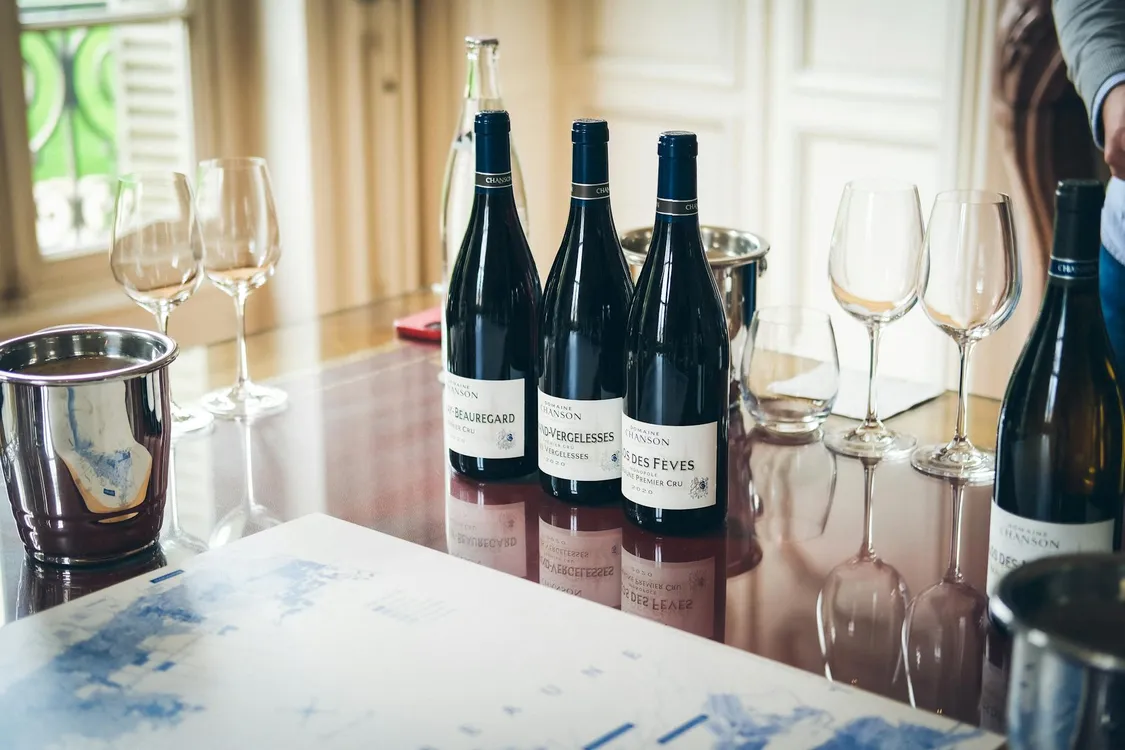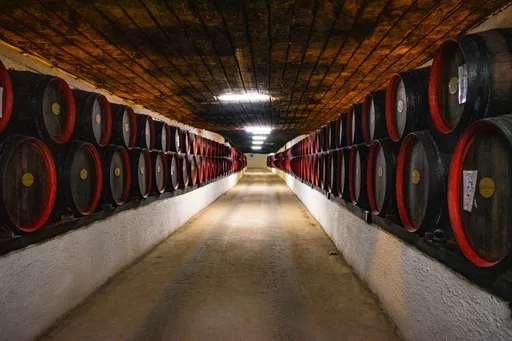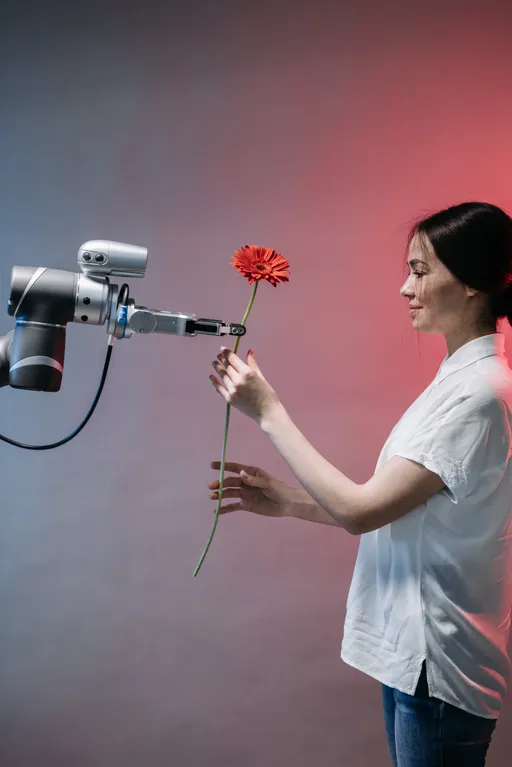Wine tasting guide: unraveling the secrets of a good glass

A complete guide to wine tasting: how to best appreciate a good glass
Wine tasting is a fascinating art that allows you to explore the myriad facets of this ancient beverage. From visual appearance to intoxicating aromas, from complex flavors to tactile sensations, every sip of wine tells a unique story. In this comprehensive guide, we’ll walk you through the essential steps to fully appreciate a good glass of wine, from choosing the right glass to organoleptic evaluation. Get ready to immerse yourself in the world of taste and wine tradition.
The right glass
The first step to a satisfying tasting experience is using the right glass. Wine glasses are designed to enhance the sensory characteristics of wine and concentrate its aromas. A typical tasting glass features a slender shape with a narrower opening than the body, allowing the wine’s aromas to be directed towards the nose and keeping the wine moving in the glass. Choose a transparent glass free from decorations to observe the color and viscosity of the wine.
Visual phase
Tasting begins with the visual observation of the wine. Pour a small amount of wine into the glass and carefully observe the color and clarity of the beverage. Tilt the glass slightly towards the rim to assess the chromatic gradation, which can range from straw yellow to intense ruby red. Also, observe the viscosity of the wine, which can be indicative of its structure and alcohol content.
Olfactory phase
After the visual analysis, bring your nose close to the rim of the glass and inhale slowly. This phase allows you to capture the wine’s aromas, which can be intense and complex. Try to identify primary aromas, such as fresh fruit, flowers, spices, or aromatic herbs. Next, look for secondary aromas that may result from winemaking or aging in wood, such as vanilla, toasting, or balsamic notes.
Gustatory phase
The most anticipated moment: the actual tasting. Take a small sip of wine and let it flow over your tongue, exploring all its nuances of flavor. Start by evaluating the sweetness of the wine, followed by the acidity that provides freshness and liveliness. Then, focus on the tannins, which give structure and body to red wines. Finally, observe the aromatic persistence, i.e., the duration of the aromas in the mouth after swallowing the wine.
Tasting tips
- Choose a quiet location free from unpleasant odors that may affect the wine’s olfactory perception.
- Taste wines at the correct temperature, as temperature influences the sensory characteristics of the wine.
- Aeration: some wines, especially young reds, may benefit from aeration before tasting. Pour the wine into the glass and let it “breathe” for a few minutes before tasting.
- Tasting notes: take note of your impressions during tasting, noting both the positive and negative aspects of the wine.
Conclusions
Wine tasting is a sensory journey that engages all your senses. From observing the color to perceiving the aromas, from the mouthfeel to evaluating the taste, each phase of tasting contributes to a deeper understanding of the wine. With this comprehensive guide, you’re ready to explore the wonderful world of wine tasting and fully appreciate every glass you encounter along your wine journey.
Always remember that wine tasting is a personal and subjective experience, so don’t hesitate to explore and trust your own palate. With time and practice, you’ll develop a greater sensory awareness and be able to fully appreciate the complexity and beauty of every wine you encounter on your oenological journey. Cheers! 🍷


